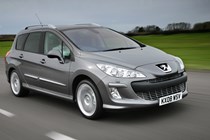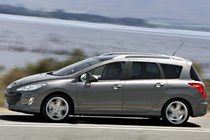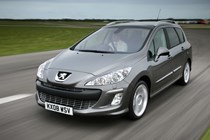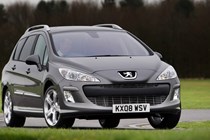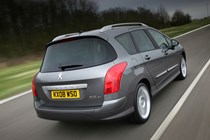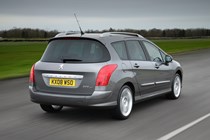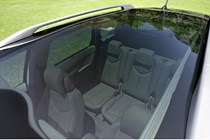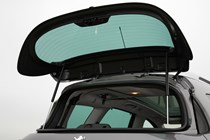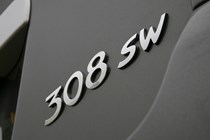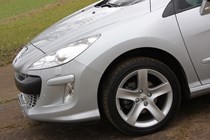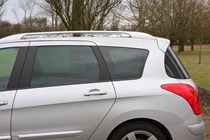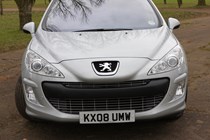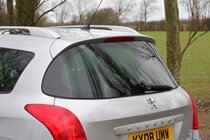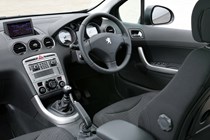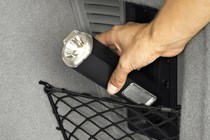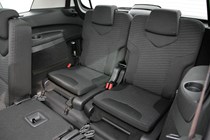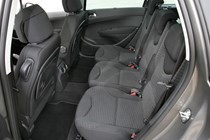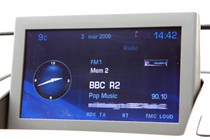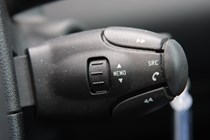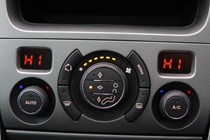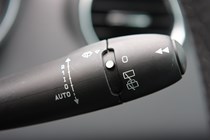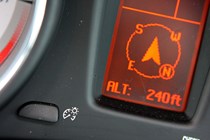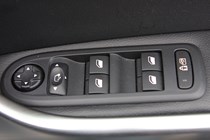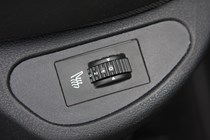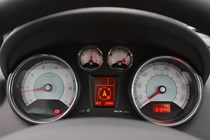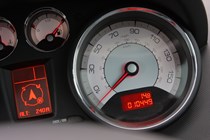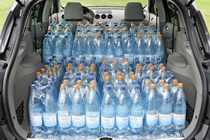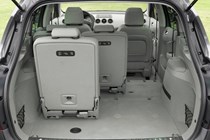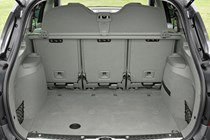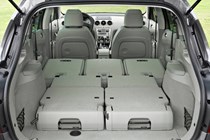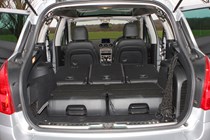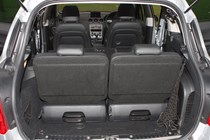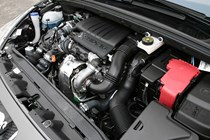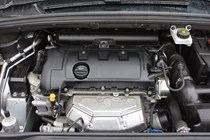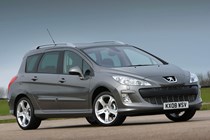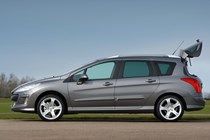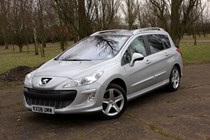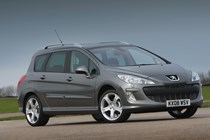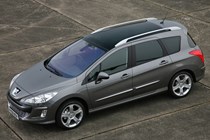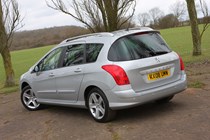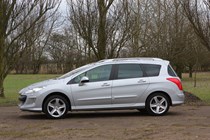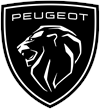
Peugeot 308 SW (2008-2014) engines, drive and performance

There’s a wide range of three diesels and three petrol engines available. The entry-level petrols are the 95bhp 1.4-litre and 120bhp 1.6-litre units, while another 1.6-litre turbocharged engine (labelled THP) comes in three different outputs of 140bhp (available only with an auto’ gearbox), 150bhp and 175bhp. The quickest version sprints from 0-62mph in 9 seconds and, thanks to its slick six-speed gearbox, is good fun to drive.
But it’s the diesels that offer a better blend of economy and performance. The 90bhp 1.6-litre HDi may be a little sluggish, but the higher-power 110bhp version is punchy and a strong workhorse. For buyers intending to make use of all seven seats, the 2.0-litre HDi is an ideal option. It’s quite quick off the mark and offers average fuel economy of 48mpg.
It’s also the only 308 SW available with a six-speed auto. The manual version was replaced in January 2010 with a more efficient HDi engine with 140bhp. As a result economy improves to 51mpg. If economy is your priority you’ll go for the new e-HDi version with the six-speed semi-automatic gearbox. However, the five-speed manual gearbox that comes with the entry-level diesel and non turbocharged petrol engines is vague and disappointing.
The SW is longer and taller than the 308 hatchback it’s based on but handles just as well. It’s fairly agile with decent body control and even in tight bends feels safe and reassuring. The steering is a little too assisted and feels numb as a result, but it’s a great car for eating up motorway miles with minimal fuss. The 1.6 HDi models use energy saver tyres that cut rolling resistance to aid economy, however grip remains unaffected.


